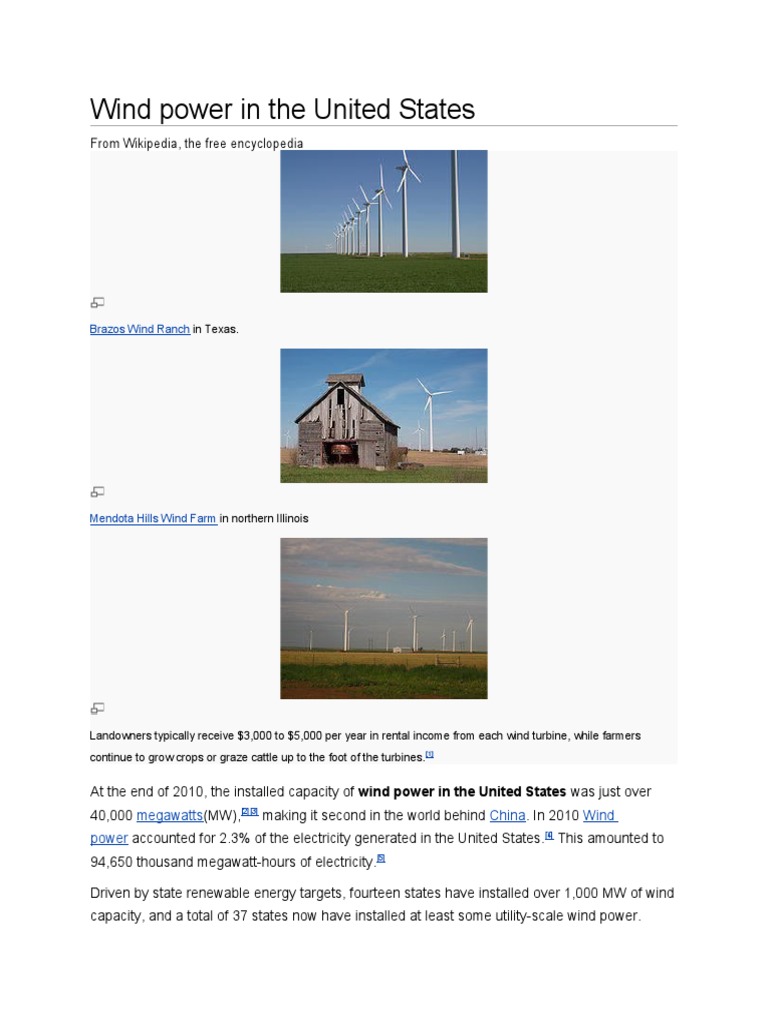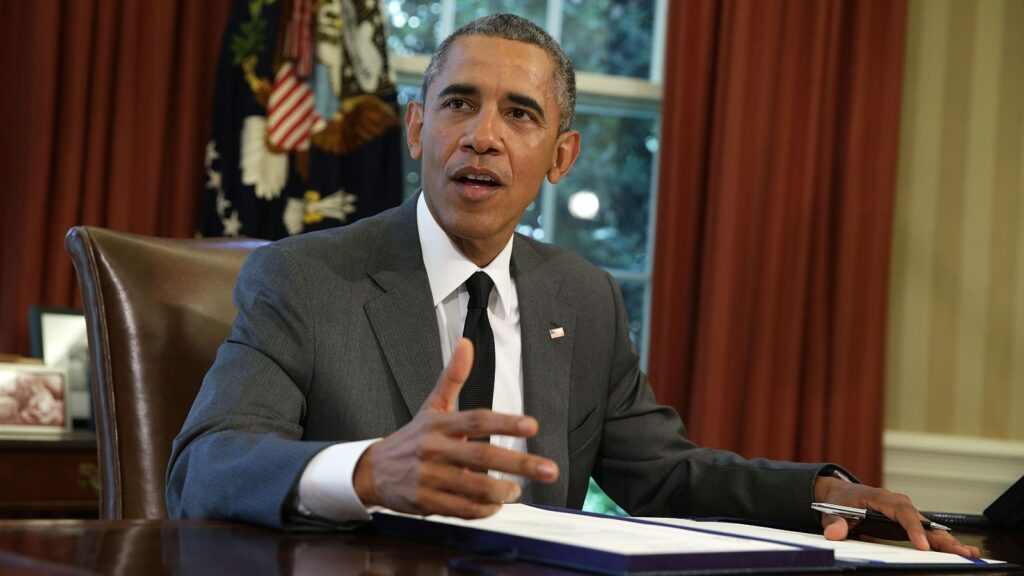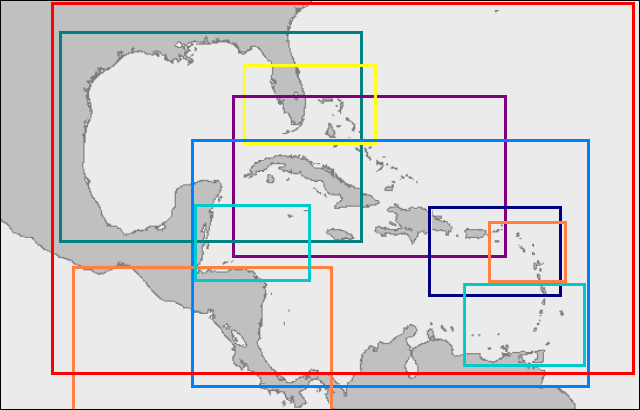Wind energy has become a formidable component of the United States’ strategy to diversify its energy portfolio and reduce carbon emissions. But how much wind energy is actually harnessed across the nation? Let’s embark on an exploration of the scope and impact of wind power utilization in America, tackling both the current state and future potential.
Understanding the sheer magnitude of wind energy in the U.S. comes down to a simple yet provoking inquiry: What if each breeze we feel could power our homes? This playful thought underlines a profound challenge: Can wind energy meet our expanding energy demands while concurrently mitigating environmental repercussions? As we delve into this topic, we will uncover data, ambitions, and the realities of America’s wind power landscape.
Wind Energy 101: The Basics of Harnessing Nature’s Power
Before we examine how much wind energy is utilized, it is imperative to grasp the fundamentals of this renewable resource. Wind energy transforms kinetic energy generated by air movement into electrical power. This conversion occurs via wind turbines, devices that come in various sizes and designs, standing tall in both onshore and offshore installations.
In recent years, technological advancements have revolutionized the design and efficiency of these turbines. The deployment of larger, more efficient blades has enhanced energy capture capabilities. Wind farms, strategically located across extensive and open spaces, maximize exposure to prevailing winds, thereby optimizing energy generation. But it is not merely about scale; the innovation in materials and engineering has led to wind turbines that can withstand harsher climates and varying wind speeds.
The Growth Trajectory: Statistics and Trends
The United States has made significant strides in adapting wind energy as a critical element of its energy matrix. As of recent statistics, wind power accounts for nearly 10% of the total electricity generation in the U.S. Although this might seem modest compared to fossil fuels, the needle has been moving rapidly in favor of renewables.
The expansion of wind energy capacity is staggering. Between 2015 and 2020 alone, the U.S. installed over 28 gigawatts (GW) of new wind power capacity, reflecting an upward trajectory of nearly 60%. As more states embrace energy diversification, wind power installations are proliferating— led by states like Texas, Iowa, and Oklahoma, which have emerged as leaders in wind energy generation.
The remarkable potential of wind energy lies in its scalability. Current projections by governmental and environmental agencies indicate that wind energy could supply up to 35% of the nation’s electricity by 2050 under optimal conditions. This ambitious goal underscores the importance of regulatory incentives, technological innovation, and public interest in renewable resources.
Location, Location: Where Wind Energy is Generated
One cannot discuss the extent of wind energy utilization without acknowledging geographical influences. The United States boasts a variety of climates and geographies, resulting in disparate wind patterns that influence where and how effectively wind power can be harvested. The Great Plains, renowned for their consistent high winds, remain the cornerstone of onshore wind energy production. Many states bordering the Rocky Mountains also experience substantial wind activity, proving ideal for turbine placement.
Onshore wind farms dominate US wind energy production, but the allure of offshore wind has gained traction in recent years. Offshore wind farms can produce higher capacities due to consistent and robust winds found over water. The eastern seaboard has emerged as a focal point for burgeoning offshore wind projects, aiming to further enhance America’s renewable energy strategy.
Challenges Ahead: Addressing Barriers to Wind Energy
Moreover, the environmental impact of wind farms on local wildlife, particularly avian populations, has raised concerns among conservationists. Advanced technologies and creative strategies are being pursued to mitigate these impacts, underscoring the necessity for responsible growth in renewable energy sectors.
Innovative Solutions: The Path Forward
As the United States charts its course toward a more sustainable energy future, innovative solutions must be harnessed. Enhanced storage technologies, such as battery systems, can provide a buffer against the intermittency of wind energy. Moreover, collaborative efforts between government, industry, and communities are paramount to address the limitations of current infrastructure while fostering public support for wind energy initiatives.
The potential of wind energy in the U.S. is not merely speculative; it is imperative for realizing a cleaner and more sustainable energy future. Transitioning away from fossil fuels is both a challenge and an opportunity— an opportunity to redefine how energy is produced, consumed, and understood. By bolstering our collective commitment to wind power, Americans can not only lower their carbon footprint but also inspire a global movement towards renewable energy innovation.
In conclusion, how much wind energy is utilized in the U.S.? While it currently accounts for a percentage of our energy mix, the future holds immense promise. The question remains: Are we prepared to harness the winds of change for a sustainable tomorrow? By embracing this renewable resource and embracing the challenges ahead, we can achieve a powerful transformation in our energy landscape.



